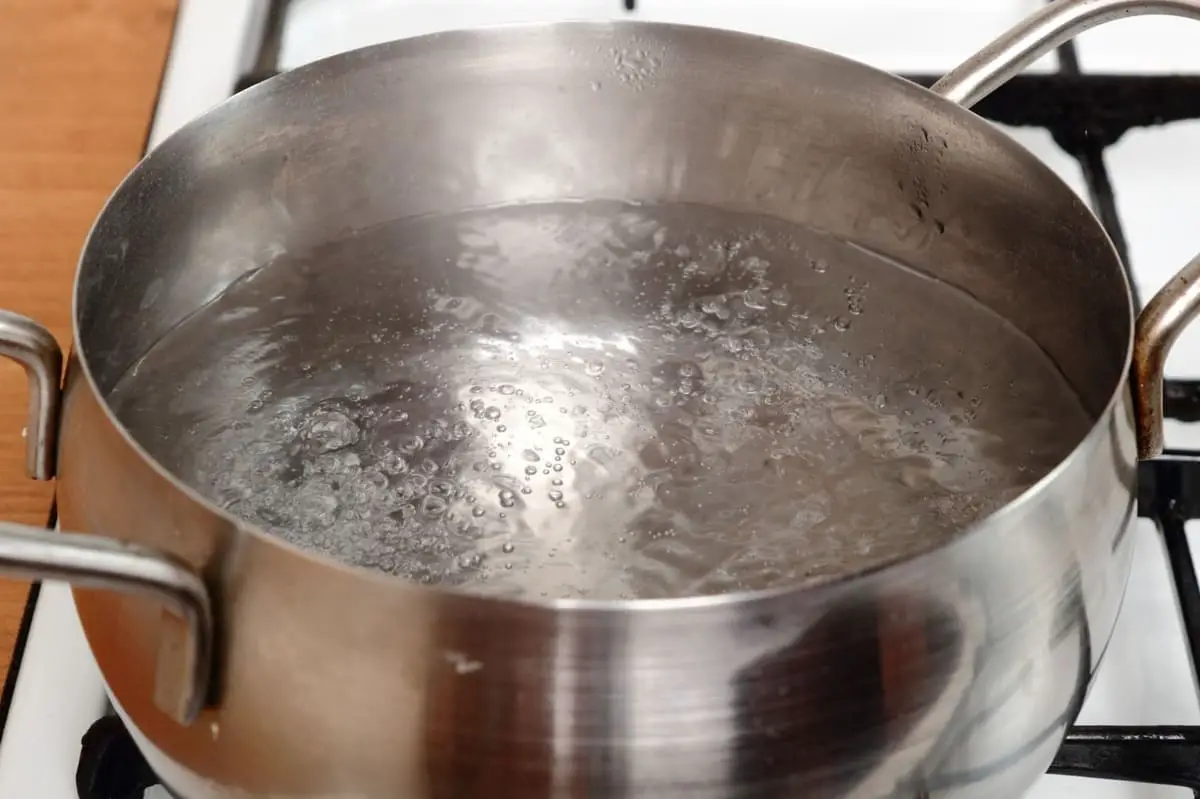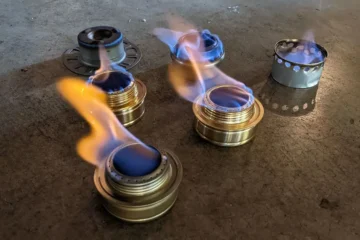Simmering is a crucial cooking technique that helps bring out the flavors in your dishes. But have you ever wondered if you’re simmering on the right heat? “Low” can mean different things to different people, so it’s important to understand what it means in the cooking context.
In this essential guide, our experts dive into the world of simmering to answer the question – is simmer lower than low? Get ready to learn about the perfect heat levels for simmering and the dos and don’ts to ensure your dishes turn out perfectly every time.
The Definition Of Simmer
Simmer is a cooking term that refers to a low and gentle boiling of liquids, such as broths, sauces, and stews. The temperature is kept just below boiling point, at a steady state where small bubbles form and break gently on the surface. Simmering aims to cook ingredients slowly and gently, allowing flavors to infuse and ingredients to cook evenly and tenderly. Simmering is often used for dishes requiring longer cooking, such as soups, sauces, and stews.
The Definition Of Low
Low is used in cooking and baking to describe a low heat setting or temperature. Low heat is used for slow cooking or simmering, where ingredients are cooked gently over time, often resulting in tender and well-infused dishes.
In baking, low heat is used for slow cooking or roasting. The temperature is kept low to allow the ingredients to cook slowly and evenly, producing moist and tender results. Low heat is often contrasted with high heat, which is used for rapid cooking or browning.
The Difference Between Simmer And Low
Simmering and low heat are used to describe kitchen cooking temperatures.
Simmering refers to a cooking temperature just below boiling point, where the liquid is hot enough to produce small bubbles that rise to the surface slowly and steadily. It is often used for making sauces, soups, stews, and other dishes that require gentle heating.
Low heat is a term used to describe a cooking temperature below simmering. The liquid is hot enough to maintain a very slow, steady simmer but not so hot as to produce visible bubbles. This cooking method is often used for slow-cooking dishes, such as braises, or keeping food warm without overcooking.
In general, simmering and low heat are used to produce slow, gentle cooking that helps preserve the flavor and texture of food and cook it evenly.
Actual Temperature Differences
The actual temperature difference between a simmer and low heat can vary depending on the cooking device or stove used. However, as a general guideline:
Simmering temperature is typically around 185°F to 205°F (82°C to 93°C). At this temperature, small bubbles will rise to the surface of the liquid, and the food will cook slowly and gently.
Low heat is typically around 160°F to 170°F (71°C to 77°C). The liquid will maintain a very slow, steady simmer at this temperature but will not produce visible bubbles. This cooking method is often used for slow-cooking dishes or keeping food warm.
It is important to note that these are rough estimates. The actual temperature may vary depending on factors such as altitude, the cooking surface, and the type of saucepan or pot used.
When To Use Simmer And When To Use Low?
The choice between simmer and low heat depends on the dish you’re cooking and the desired outcome.
Use simmer when:
- Making sauces, soups, stews, and other dishes that require gentle heating to avoid breaking down the ingredients too quickly or altering their texture.
- Cooking delicate foods such as fish or vegetables can easily become overcooked or fall apart if exposed to high heat.
- Reducing liquids to thicken a sauce or concentrate flavors.
Use low heat when:
- Slow-cooking dishes, such as braises, stews, or roasts, require long cooking times to break down tough cuts of meat and develop deep, rich flavors.
- Keeping food warm without overcooking it, such as when using a slow cooker or warming tray.
Is Simmer Lower Than Low?
In cooking, “simmer” refers to cooking food at a temperature below boiling point, where small bubbles occasionally break the surface of the liquid. “Low” refers to a lower heat setting on a stove or oven, anywhere from a temperature that keeps food warm to a temperature suitable for slow cooking.
So, “simmer” is lower than the boiling point, but whether or not it is considered “lower than low” depends on the heat setting you are comparing it to. If you are comparing “simmer” to a very low heat setting, then yes, “simmer” would be considered “lower than low.” But if you are comparing “simmer” to a higher low heat setting that’s still not quite boiling, then “simmer” might not be considered “lower than low.”
What Is A Low Simmer?
A “low simmer” is a cooking term that refers to maintaining a liquid at a temperature just below boiling point, typically around 180-190°F (82-88°C), where small bubbles slowly rise to the surface. Simmering aims to cook food in liquid, allowing flavors to blend gently and cook evenly without the agitation and rapid evaporation that occurs during boiling.
What Is A Gentle Simmer?
A gentle simmer is a cooking method that involves heating liquid just below boiling point to produce small bubbles that rise slowly to the surface. “gentle simmer” describes a cooking temperature that is not too hot, avoiding excessive boiling that could damage delicate ingredients or alter the dish’s texture.
How Much Is Simmer?
Certainly! A simmer is a cooking technique that involves maintaining a liquid at a temperature just below boiling point. The temperature range for a simmer is typically between 185°F to 205°F (85°C to 96°C).
- Stove Top Numbers To Degrees (Step-By-Step Guide With Charts)
- What Temperature Is Simmer On An Electric Stove? (Setting The Perfect)
What Does Reduce To A Simmer Mean?
Reduce to a simmer” is a cooking term that means to lower the temperature of a boiling liquid to the simmer range. Simmering is a gentler cooking method than boiling. Reducing a boiling liquid to a simmer allows the flavors to blend and the food to cook evenly without rapid evaporation.
The process of reducing to a simmer involves turning down the heat so that the liquid is no longer boiling vigorously but has small bubbles slowly rising to the surface. It’s important to maintain the liquid at a consistent temperature in the simmer range for the desired length to ensure the food cooks evenly, and the flavors meld properly.
The Verdict
In summary, simmering is a valuable cooking technique that involves maintaining a liquid at a temperature just below boiling point. While “low” is a broader term referring to a lower heat setting on a stove or oven, simmer is considered lower than the boiling point.
Understanding the difference between a simmer and low heat is essential for anyone looking to improve their cooking skills and create delicious and evenly cooked meals. By mastering the art of simmering, you’ll be able to take your dishes to the next level and impress your friends and family.
Frequently Asked Questions
How Low Is Simmer On The Stove?
Simmer is between low and medium heat on the stove, typically between 2 and 3. It is a gentle boil where small bubbles slowly rise to the surface.
Is Simmer The Lowest Setting?
No, simmer is not the lowest setting. It is typically a medium-low heat setting.
Is Simmer Same As Low?
Simmering and low are not the same. Simmering involves maintaining a temperature just below boiling. At the same time, low refers to a lower heat setting used for slower cooking or warming.
What Number On Range Is Simmer?
Simmer is typically considered a low-to-medium heat setting on a stovetop, ranging from 185°F to 205°F.
Is Simmer Between Low And Medium?
Simmer is considered a low to medium heat, with gentle bubbling occurring at the surface. This heat is ideal for slow cooking and simmering sauces and soups to develop depth of flavor.




